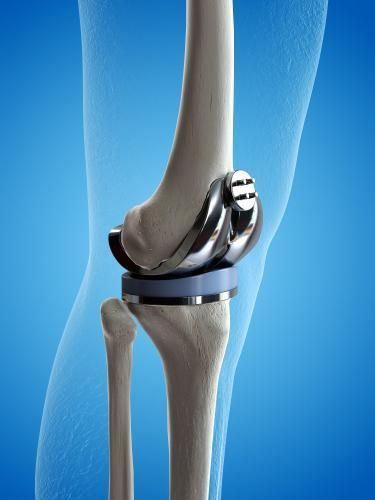Motivational Tips to get back into that exercise routine
Struggling to get back into your exercise routine? We know finding the time and motivation to get moving can be difficult.
Oxford Dictionary defines MOTIVATION as the feeling of wanting to do something, especially something that involves hard work and effort.
Here are some tips which I hope offer you a healthy boost of inspiration and encouragement to get active again.
- Set a time that works for you
We as humans are creatures of habit. We evolve our daily lives through routine so a great idea is to figure out the best time of day that suits you to get active and make it a standing appointment. It’ll be tough at first but a routine becomes habit very quickly. The body then switches to autopilot and it becomes second nature.
- Adopt the right mindset
Look at what the exercise gives you and how it makes you feel once you smash those goals you’ve been aiming for. Focus on the benefits of exercise, and what is going on within your own body. You have circulation flowing, building new tissue, clearing the mind and to function at a higher metabolic rate during the day. This right mindset can be incorporated into your daily routine just like brushing your teeth or going to work.
- Create a fun leisure activity for the weekend
Figure out what works for you, it could be going to the park and walking the dog, heading to the beach with the family or going out for a walk and having breakfast with some close friends. These are fun, engaging and eventful activities which have no time constraints and it gets you moving.
- Unlock your passion
Find an exercise that you will thoroughly enjoy and the bonus is, you will be improving your physique along the way. Whether that is going to a group fitness class because you love the team environment and energy or pulling weights because you want a challenge or you’re a lover of running and enjoy the wind in your hair choose something that you are passionate about and embrace it. Remember, exercise doesn’t have to be boring, and you’re more likely to stick with a fitness program if you’re having fun.
So, get back out there understand the reasoning you are exercising. Whether it be physiological, psychological or social you are the one that knows best for yourself. Now that you’ve regained your enthusiasm, get moving! Set your goals, make it fun and pat yourself on the back from time to time.

Jessica Peters
Exercise Scientist
Oxford Learner’s Dictionaries. Motivation. https://www.oxfordlearnersdictionaries.com/definition/english/motivation?q=motivation
Finding Your Motivation for Exercise. American College of Sports Medicine. https://www.acsm.org/read-research/resource-library/resource_detail?id=e22a58ac-3830-401e-995c-ab4ffa600686




